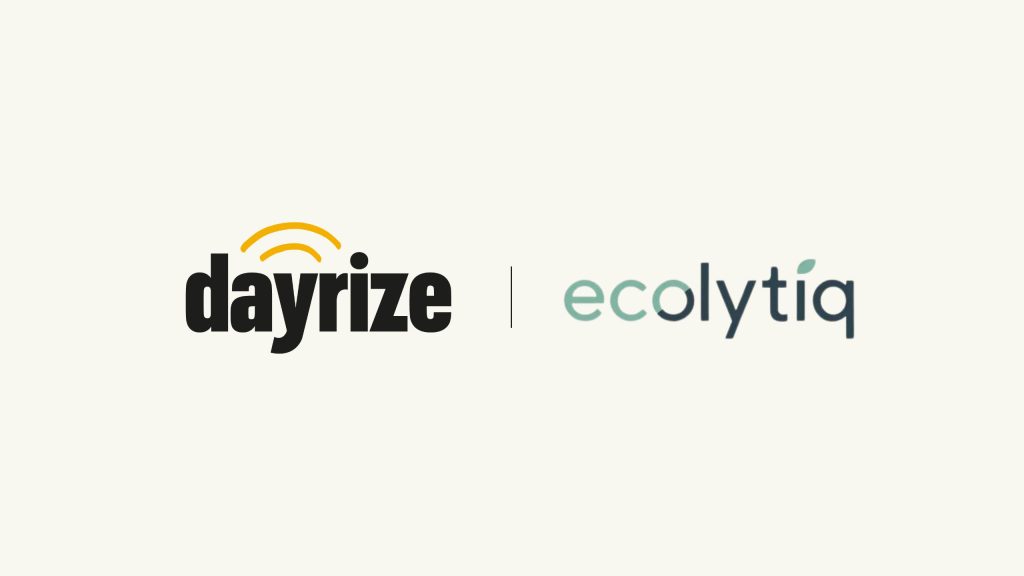
Under the Corporate Sustainability Reporting Directive (CSRD) rules, companies will soon have to report on their sustainability impacts, opportunities, and risks, according to twelve general, environmental, social and governance standards defined by the European Sustainability Reporting Standards (ESRS).
The first step towards CSRD compliance is to perform a double materiality assessment. More than just an exercise in complying with regulations, assessing your company’s double materiality is an essential strategy for business resilience and growth that will help you identify and mitigate risks while also capitalising on opportunities.
This can be a complex and time-consuming exercise, so the best time to start is now.
Read on to discover the best way to approach your company’s double materiality assessment.
What does double materiality mean?
A materiality assessment helps you to determine which matters are related to your business, if those matters are material or not, and if so, to what degree.
A double materiality assessment covers two things: your company’s impact materiality and also its financial materiality.
Impact materiality means how your company impacts society and the environment, for example polluting nature or violating human rights.
Financial materiality means the potential financial impact on your company of sustainability-related developments and events, such as opportunities arising from developing new, more sustainable products.
For example, if a fashion company decides to switch to organic cotton and implement fair labour practices, it would positively impact both its financial materiality (by potentially increasing sales and reducing reputational risks) and its environmental and social materiality (by reducing pesticide use, improving soil health, and ensuring better working conditions for farmers and factory workers).
With that understood, you need to decide which matters your company needs to consider and assess.
What to include in your double materiality assessment
The European Financial Reporting Advisory Group (EFRAG) has provided official guidance documents to facilitate a consistent and comprehensive double-materiality assessment process.
It’s a long and detailed document, and it can be difficult to get a clear idea of exactly what you need to do to get started on your assessment, especially since it’s up to you to decide which matters eventually end up in your report.
Instead of tackling this question from the top down, trying to think your way through everything you need to assess before you begin, we recommend a more practical approach, starting at the product impact level.
By focusing your attention on identifying all the actual ESG impacts of the products you make, you’ll quickly create an initial list of relevant ESG matters that you can use as a starting point for your full double materiality assessment.
At this stage it is a good idea to engage with your legal, financial, and operations teams, and more. Getting input from external stakeholders like suppliers, customers, shareholders, and regulators is also crucial to help flesh out your initial list into a detailed map of all the matters — including potential impacts — your company needs to assess.
You can now proceed to score each matter on your list.
How to perform your double materiality assessment
Each of the matters on your list must now be scored according to the severity of its impact on society and the environment and the likelihood of that impact occurring.
When it comes to scoring, you need to go one step beyond simply rating the impact of each matter relatively, i.e. whether its scale, scope and irremediability are low, medium, or high. You also have to decide whether each impact should be classified as material or not.
The next step is to define and assess your financial risks and opportunities, and decide which of them are material for reporting, based on the likelihood of their occurrence and the potential size of their financial effects in the short-, medium- and long-term.
As well as consulting your internal legal, financial, and sustainability teams when gathering and assessing your data, you’ll also need to engage with external stakeholders after the process to verify your data. At this point your assessment process might become less neat and linear than you originally thought, as new information or findings from one activity will cause you to re-evaluate matters you’ve already assessed.
The final stage is to compile and document all your findings, disclosing any matters that are material from an impact perspective or a financial perspective — or both.
What are the benefits of double materiality assessments?
Complying with the CSRD by performing a double materiality assessment will mean you avoid any non-compliance penalties. More importantly, this thorough sustainability analysis will improve your company’s transparency, help you make better decisions, and focus your efforts on the matters that are most urgent or relevant to your company and its stakeholders — as well as society as a whole.
Comprehensively assessing both financial and environmental matters helps you identify and mitigate risks while capitalising on opportunities. This holistic approach has the potential to foster innovation and strengthen stakeholder trust in your company.
Dayrize helps you conduct double materiality starting at the product impact level
Dayrize’s sustainability intelligence software helps your company to measure and track the environmental and social impact of your full product range on one platform.
Using our AI-powered SAAS platform will speed up your double materiality assessment, while also increasing the quality of your data, and meeting reporting standards. And because it’s easy to track progress, it will be easier to comply with regulatory standards, even when they change in the future.
“Addressing double materiality is more than just regulatory compliance — it’s an essential strategy for business resilience and growth under the E.U. Corporate Sustainability Reporting Directive. By starting at the product impact level, companies can comprehensively assess both financial and environmental factors, ensuring they identify and mitigate risks while capitalising on opportunities. This holistic approach enhances transparency, fosters innovation, and strengthens stakeholder trust. Engaging in a thorough double materiality assessment enables businesses to align their operations with societal expectations, drive sustainable value, and maintain a competitive edge in an evolving regulatory landscape.”
Bart Nollen
Co-Founder
Dayrize
Subscribe to Dayrize updates to learn more from leaders in sustainability for businesses.

